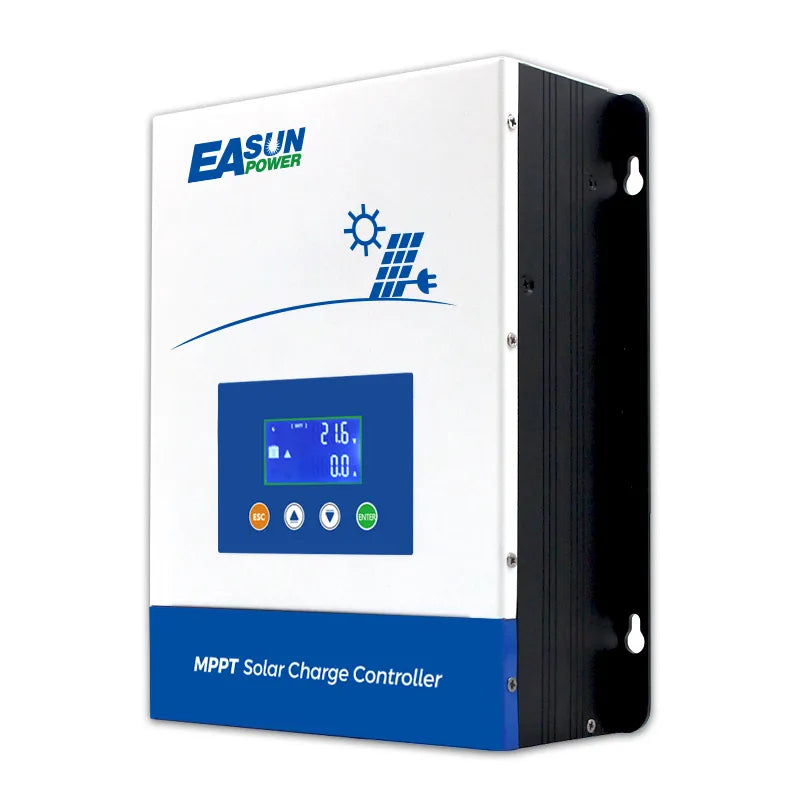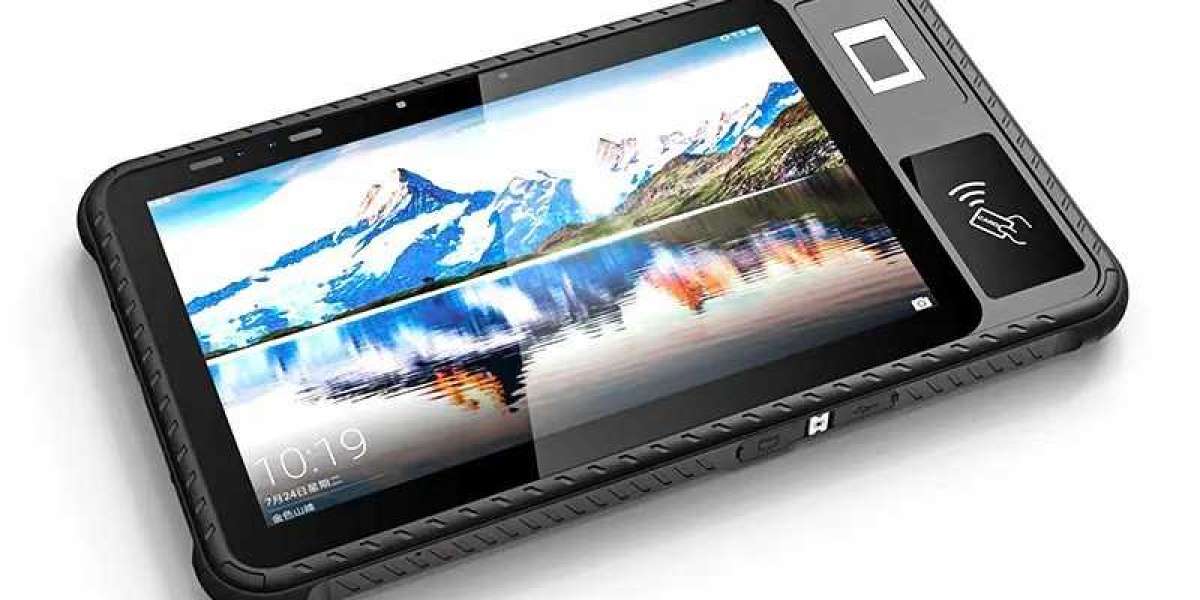Unlocking the Secrets: PWM vs. MPPT Solar Charge Controllers You Need to Know!
In the realm of solar energy systems, solar charge controllers play a vital role in ensuring that the energy harnessed from sunlight is efficiently managed and directed to batteries for storage. As solar energy continues to gain traction worldwide, understanding the technologies that optimize this energy management is crucial. Among these technologies, Pulse Width Modulation (PWM) and Maximum Power Point Tracking (MPPT) are two of the most popular types of solar charge controllers. This article aims to compare and contrast these two technologies, delving into their functionalities, advantages, and limitations. By the end, you’ll have a clearer understanding of which system might best suit your needs, whether you're a seasoned solar user or just starting your journey into renewable energy.

Understanding PWM Solar Charge Controllers
PWM, or Pulse Width Modulation, is a technology that has been a staple in solar charge management for many years. It functions by rapidly switching the connection between the solar panels and the batteries on and off. This process regulates the voltage and current flowing to the batteries, ensuring they receive the right amount of charge without being overcharged. One of the primary advantages of PWM controllers is their simplicity; they are generally less expensive to purchase and install compared to their MPPT counterparts. Additionally, PWM controllers are reliable and have fewer components, which can lead to a longer lifespan.
However, PWM controllers also have their limitations. They typically operate at a lower efficiency, especially in scenarios where the solar panel voltage is significantly higher than the battery voltage. This inefficiency means that PWM controllers are most effective when the solar panel and battery voltages are closely matched. As a result, they are often found in smaller solar systems, such as those powering RVs or boats, where the energy needs are relatively modest. A friend of mine who installed a PWM controller on his RV shared that while it works well for short trips, he wishes he had opted for a more advanced system for extended travels.
Understanding MPPT Solar Charge Controllers
On the other hand, MPPT stands for Maximum Power Point Tracking. This technology takes advantage of the fact that solar panels operate most efficiently at a specific voltage and current known as the maximum power point. MPPT controllers continuously monitor the output from the solar panels and adjust the electrical load to ensure that the maximum amount of energy is harvested from the panels. This technology offers several benefits, including significantly higher efficiency rates—often exceeding 90%—compared to PWM controllers.
Despite their advantages, MPPT controllers come with their own set of drawbacks. They are generally more expensive due to their complexity and the advanced technology they employ. Additionally, MPPT controllers can be bulkier and may require more intricate installation. They are best suited for larger solar systems, especially those that utilize high-voltage panels or operate in varying weather conditions. A colleague who invested in an MPPT system shared his enthusiasm for the increased energy yield, particularly during cloudy days, highlighting how it has transformed his off-grid living experience.
Key Differences Between PWM and MPPT Controllers
When comparing PWM and MPPT controllers, several key differences emerge. Efficiency is a primary factor; MPPT controllers are superior, especially in situations where sunlight is inconsistent or where there is a significant voltage difference between the solar panels and the batteries. In terms of cost, PWM controllers win out, making them more accessible for those with tighter budgets or smaller energy needs. Performance in various weather conditions is another crucial consideration; MPPT controllers excel in low-light situations, whereas PWM controllers may struggle.
Compatibility is also noteworthy; MPPT controllers can work with a wider range of solar panel types and configurations compared to PWM controllers, which are often limited to systems where the panel and battery voltages align closely. Understanding these differences is essential for making an informed decision based on your specific energy requirements and circumstances.
Choosing the Right Solar Charge Controller for Your Needs
When it comes to selecting the right solar charge controller, consider your energy needs, budget, and future plans. If you have a small system and are looking to save costs, a PWM controller might be sufficient. However, for larger systems, especially those with the potential for future expansion, investing in an MPPT controller could provide better efficiency and performance over time. Additionally, as solar technology continues to advance, choosing a controller that can adapt to future changes in solar panels or battery technology is a wise move. Take the time to evaluate your options and consult with solar energy experts if needed, ensuring you make the best choice for your unique situation.
Summary of Key Insights
In summary, understanding the differences between PWM and MPPT solar charge controllers is crucial for optimizing the performance of your solar energy system. While PWM controllers are simpler and more cost-effective for smaller applications, MPPT controllers offer greater efficiency and adaptability for larger systems. By carefully evaluating your energy needs and budget, you can make a well-informed decision that will enhance your solar energy experience. As solar technology evolves, staying informed about these options will empower you to harness the full potential of renewable energy.








